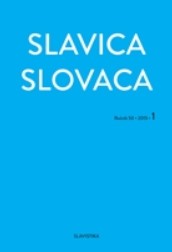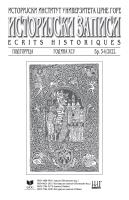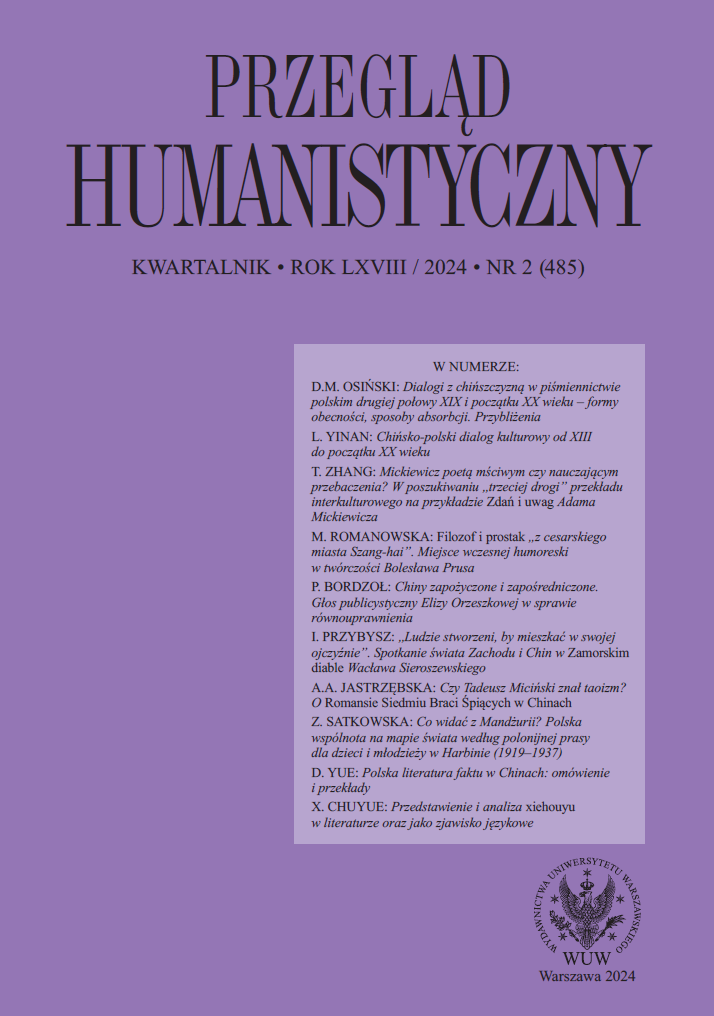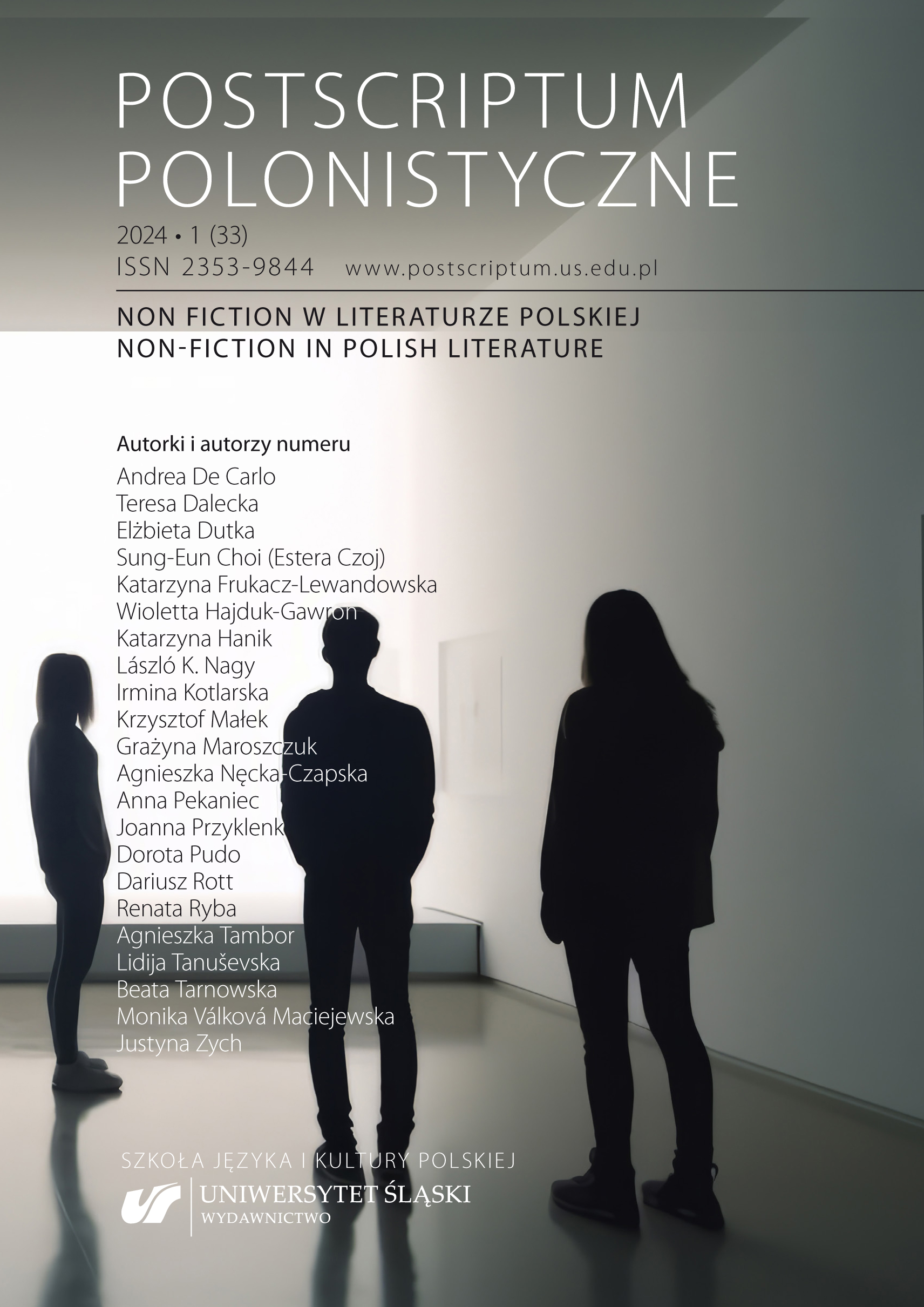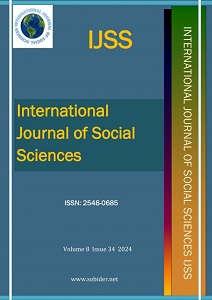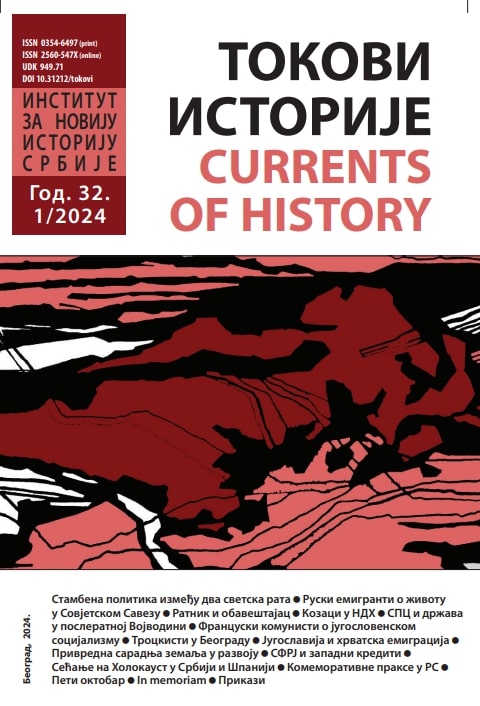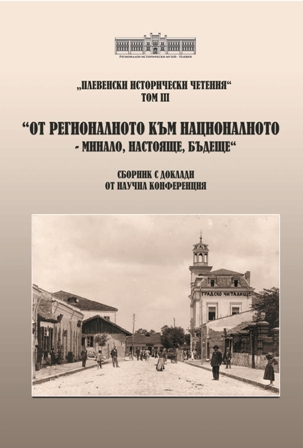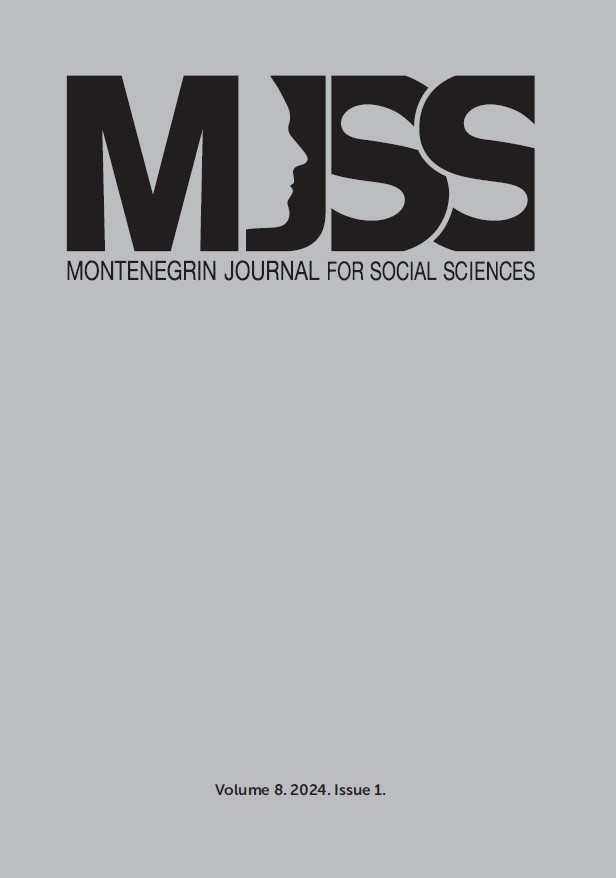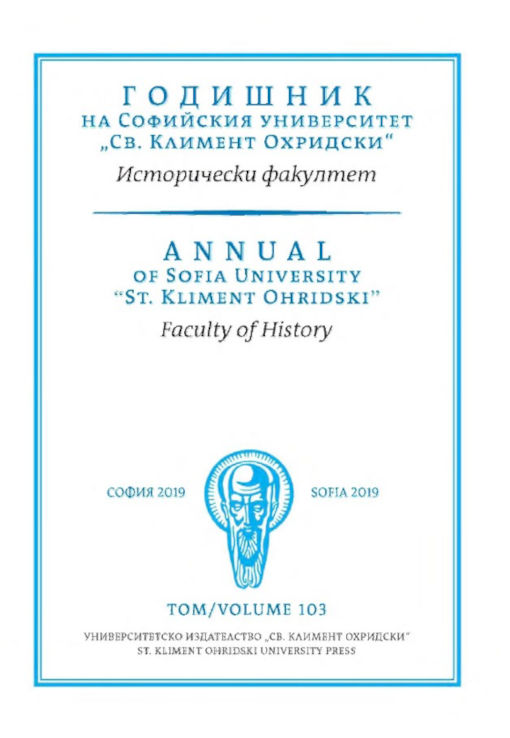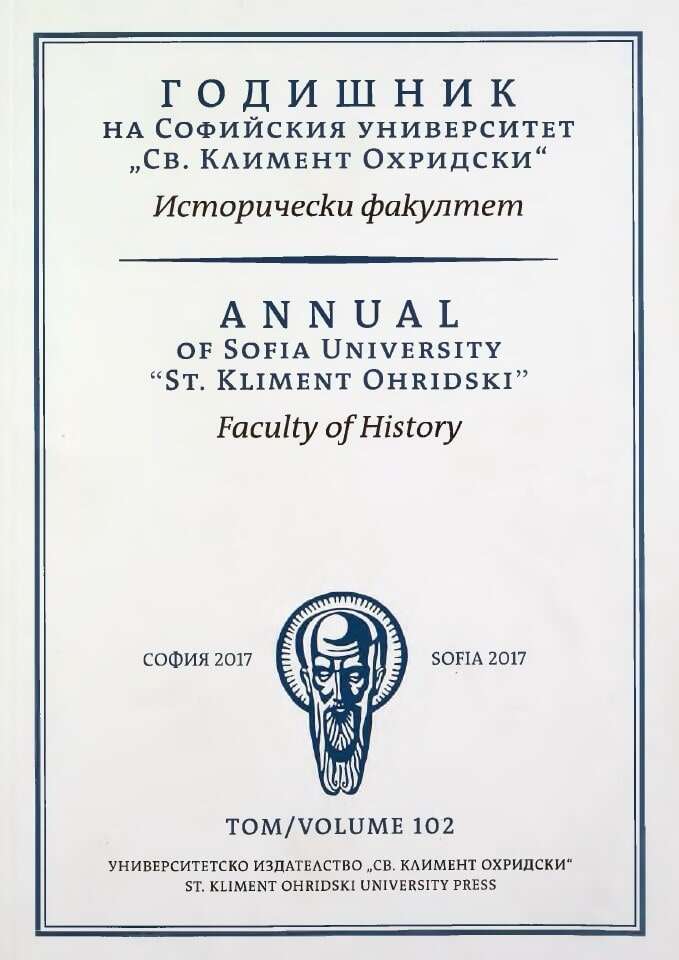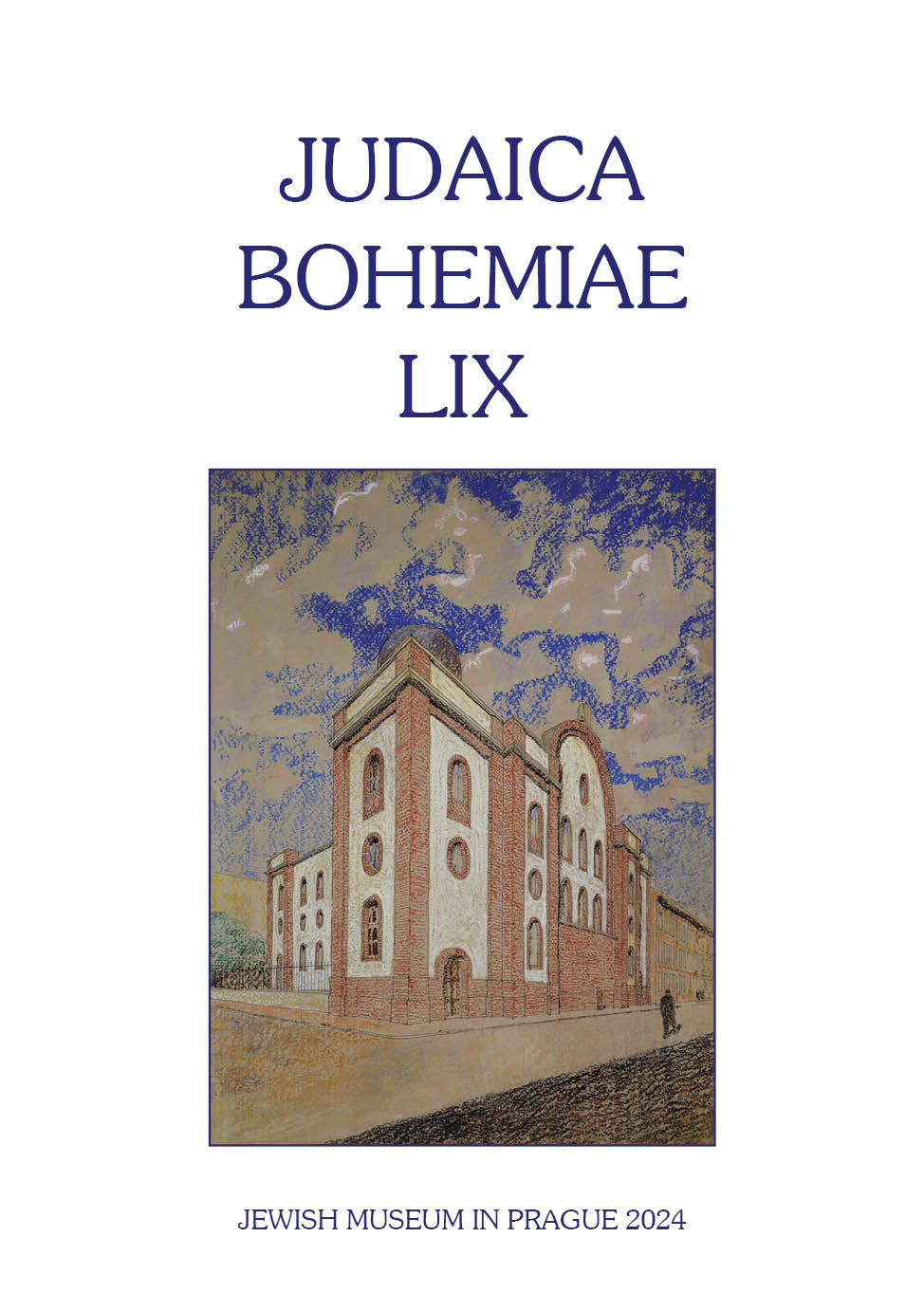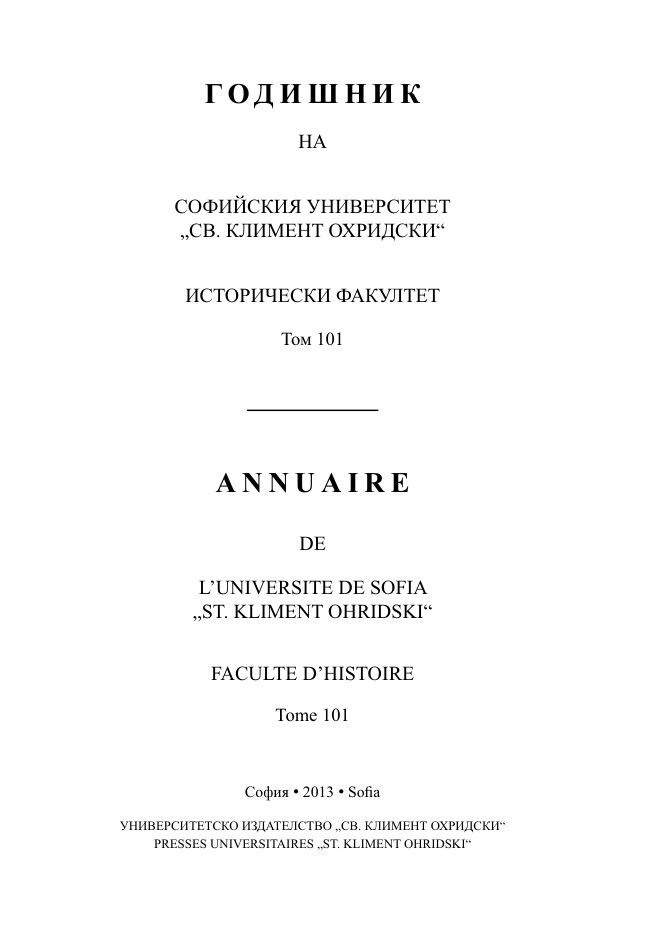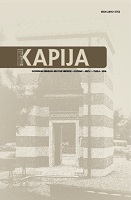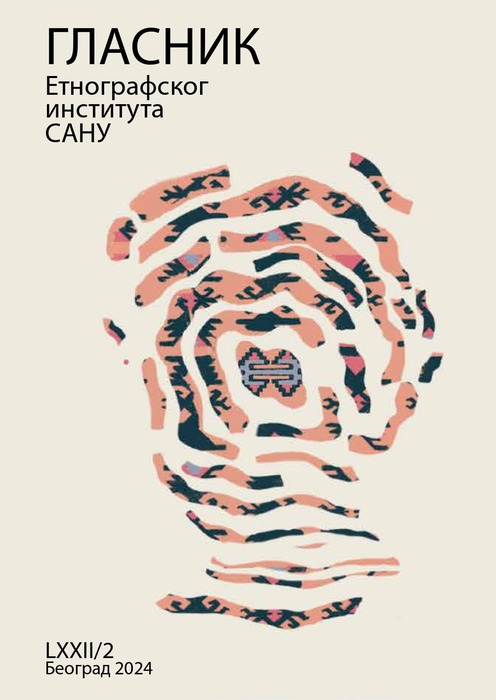Author(s): Mariana Prošić-Dvornić / Language(s): Serbian
Issue: 2/2024
Between 1892 and 1954, a center for the reception and processing of immigrants, who, especially until the First World War, arrived in large numbers to the USA, was established, under the auspices of the Federal Government. It was located on the tiny Ellis Island, in New York Harbor, where the Hudson and East Rivers meet the Atlantic Ocean, in the immediate vicinity of the Statue of Liberty. Immigrants from Eastern and Southern Europe dominated, hoping for a better life than the one they had left behind in their homelands. They were poor, anguished, exhausted and often exiled people of various nationalities, who had additionally suffered inhumane conditions as steerage passengers during the ocean crossing since they could not afford better accommodation. The triage process they were subjected to, crucial for their fate, told through the history of the center and of immigrants, but also of employees, reflected the state of American society in that period: conflicting views on immigration expressed through debates by politicians, experts and members of the academic community, opinions of business circles and the emerging labor unions, writings of the free press and the public opinion, greatly manipulated by groups interested in their own welfare, the passing of legal regulations and their implementation. All this determined the future of the newcomers: would they pass through the Golden Gate to the Promised Land, or would they be deported from the Isle of Tears back to their country of origin? Who was considered eligible to be accepted to the American society, and who was deemed undesirable and even dangerous and therefore rejected? From the immigrants’ point of view, the overseas trip to America and the stay on Ellis Island represented a liminal phase of this crucial rite of passage in their lives, and it is estimated that over 25% and even up to 40% of today’s Americans are the descended of the twelve million settlers who passed through the center during that period.
More...
